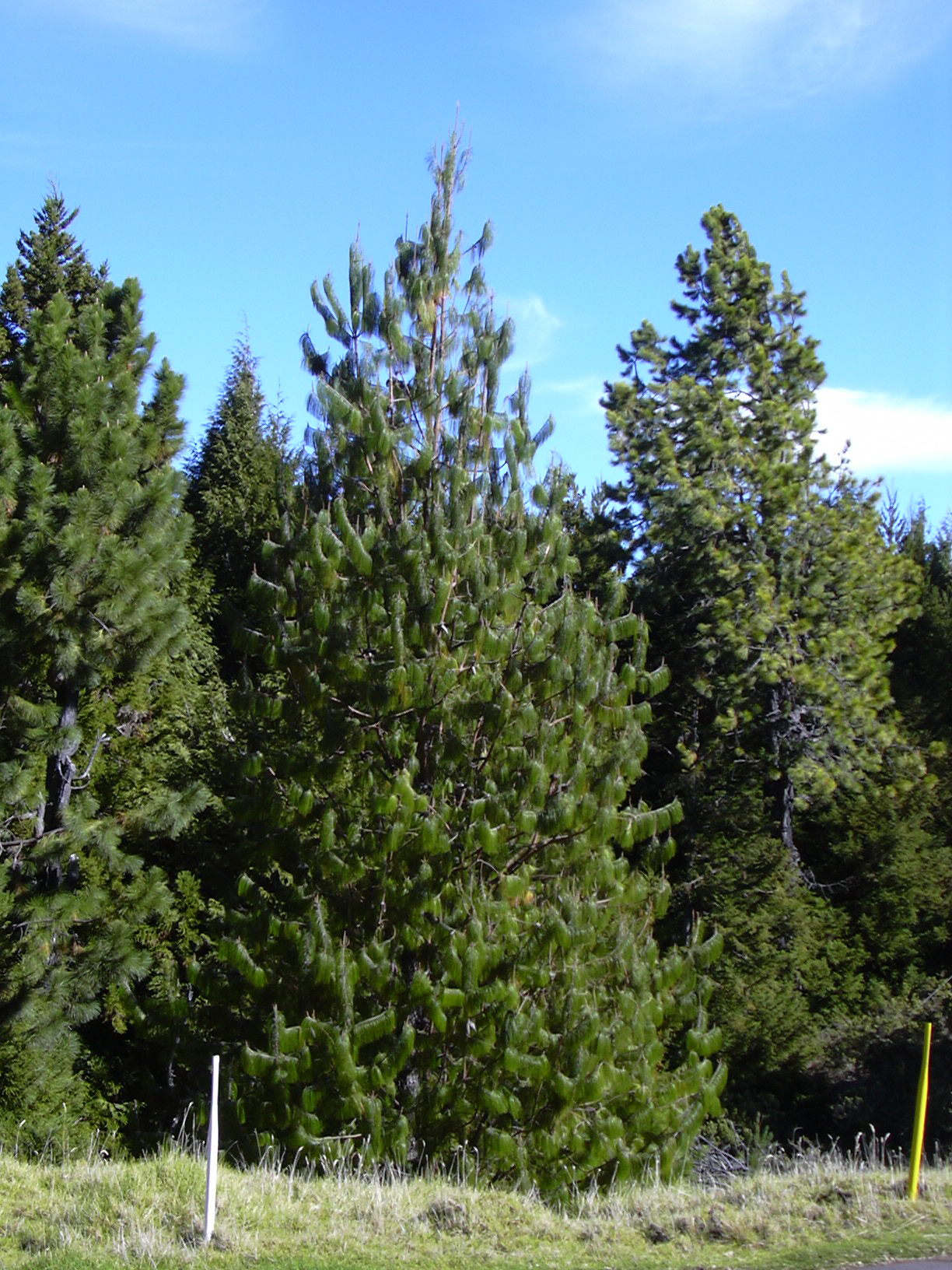Plagiotriptus Pinivorus on:
[Wikipedia]
[Google]
[Amazon]
''Plagiotriptus pinivorus'', the African pine-feeding grasshopper, is a species of thericleid
 ''Plagiotriptus pinivorus'' is highly
''Plagiotriptus pinivorus'' is highly
orthoptera
Orthoptera () is an order of insects that comprises the grasshoppers, locusts, and crickets, including closely related insects, such as the bush crickets or katydids and wētā. The order is subdivided into two suborders: Caelifera – grassho ...
n. It is native to eastern Africa where it is usually found in areas with moderate or heavy rainfall, mostly in the range , but sometimes at lower elevations down to about .
Description
The adult male is laterally compressed and about long. It has very short antennae, and a large, shield-likepronotum
The prothorax is the foremost of the three segments in the thorax of an insect, and bears the first pair of legs. Its principal sclerites (exoskeletal plates) are the pronotum (dorsal), the prosternum (ventral), and the propleuron (lateral) on ea ...
which conceals tiny, vestigial wings. The femora are well-developed and the abdomen sharply upturned. The female is double the size of the male, broader and more heavily-built, and also has small, non-functional wings. Both sexes have yellow eyes and are mainly light green, the male having inconspicuous specks of red, pink, white and blue on various appendages while the female has yellow ovipositor
The ovipositor is a tube-like organ used by some animals, especially insects, for the laying of eggs. In insects, an ovipositor consists of a maximum of three pairs of appendages. The details and morphology of the ovipositor vary, but typical ...
valves.
Ecology
 ''Plagiotriptus pinivorus'' is highly
''Plagiotriptus pinivorus'' is highly polyphagous
Feeding is the process by which organisms, typically animals, obtain food. Terminology often uses either the suffixes -vore, -vory, or -vorous from Latin ''vorare'', meaning "to devour", or -phage, -phagy, or -phagous from Greek φαγε ...
, feeding on a wide range of evergreen and semi-evergreen trees, shrubs and herbaceous plants. In Malawi in the 1960s it moved onto, and started feeding on, plantation crops of ''Pinus patula
''Pinus patula'', commonly known as patula pine, spreading-leaved pine, or Mexican weeping pine, and in Spanish as ''pino patula'' or ''pino llorón'', (''patula'' Latin = “spreading”) is a tree native to the highlands of Mexico. It grows f ...
'', completely defoliating the trees. Another somewhat smaller incident took place with the same species of pine in Tanzania in the 1980s.
In Malawi, this grasshopper has three generations in two years. Mating and egg-laying can take place at any time of year but usually peaks in May/June and late October/January. The male is much smaller than the female and clings onto one of her femurs while mating. The females may mate several times with different males, before moving to the ground to lay a clutch of eggs in a shallow pit. Other clutches are laid at intervals of a few weeks. The eggs take between 49 and 248 days to hatch, with an average of 115. The nymphs feed on terrestrial plants for the first few weeks before climbing trees to feed on the foliage. Males have six instar
An instar (, from the Latin '' īnstar'', "form", "likeness") is a developmental stage of arthropods, such as insects, between each moult (''ecdysis''), until sexual maturity is reached. Arthropods must shed the exoskeleton in order to grow or ass ...
s while females have seven, each stage lasting about seven weeks, but they both mature at about the same time.
There is a parasitic tachinid fly
The Tachinidae are a large and variable family of true flies within the insect order Diptera, with more than 8,200 known species and many more to be discovered. Over 1,300 species have been described in North America alone. Insects in this family ...
that attacks this grasshopper and there are a number of natural predators
Predation is a biological interaction where one organism, the predator, kills and eats another organism, its prey. It is one of a family of common feeding behaviours that includes parasitism and micropredation (which usually do not kill the ...
which feed on it, including skink
Skinks are lizards belonging to the family Scincidae, a family in the infraorder Scincomorpha. With more than 1,500 described species across 100 different taxonomic genera, the family Scincidae is one of the most diverse families of lizards. Ski ...
s, blue monkey
The blue monkey or diademed monkey (''Cercopithecus mitis'') is a species of Old World monkey native to Central and East Africa, ranging from the upper Congo River basin east to the East African Rift and south to northern Angola and Zambia. It ...
s and birds, but these were not sufficient to control the insects in the outbreak areas and sticky bands were wrapped around the tree trunks and insecticide was used on the ground at egg-laying sites.
References
{{Taxonbar, from=Q10632774 Caelifera Insects described in 1977